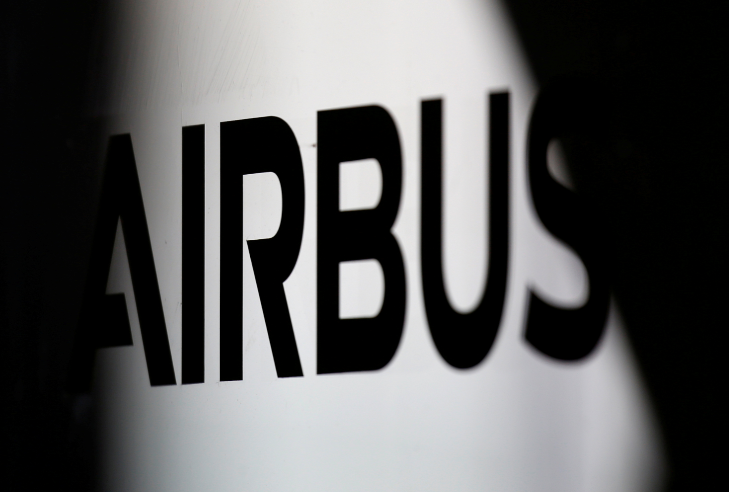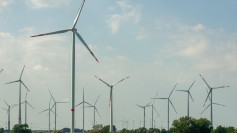Europe's Airbus SE, the world's second-largest maker of commercial passenger aircraft is considering gaining a huge advantage over The Boeing Company by being the first to introduce "blended wing body" (BWB) passenger planes into service.
Airbus first publicly revealed its BWB passenger plane concept at the ongoing 2020 Singapore Airshow to be held until February 16. On show at Singapore is a "blended-wing body" scale model technological demonstrator known as "MAVERIC" or "model aircraft for validation and experimentation of robust innovative controls."
Airbus said the demonstrator measures two meters long and 3.2 meters wide. But more importantly, the model features a "disruptive aircraft design" -- or a blended-wing body -- that has the potential to reduce fuel consumption by up to 20% compared to current single-aisle jet passenger aircraft.
Airbus said the blended-wing body configuration also triggers possibilities for new propulsion systems. It said while Maveric is principally a demonstrator for commercial planes, the design might also influence future military transport aircraft. An Airbus manager said it might be possible the design could move to initial production within 10 years.
Airbus said the Maveric project was launched in 2017. The demonstrator aircraft took-off on its first remote-controlled flight in June 2019. Initial testing for Maveric is scheduled to conclude in the second quarter of this year. Airbus will then consider building a larger-scale aircraft.
"We believe it is high time now to push this technology further and study what it brings to us," said Jean-Brice Dumont, executive vice-president of engineering at Airbus. "We need these disruptive technologies to meet our environmental challenge. It is the next generation of aircraft; we are studying an option."
Brice Dumont said it's too early to say if such shapes can contribute to the next generation of medium-haul planes expected in the 2030s.
Airbus is now studying how the cabin configuration and how the aircraft will be integrated into airports. One unresolved question is if this plane will have fuselage windows or use video screens to give passengers a sense of their surroundings.
NASA and its industry partners are also investigating the blended wing aircraft concept for potential use as a future air transport for both civilian and military applications. It said BWB is a hybrid shape that resembles a flying wing, but also incorporates features from conventional transport aircraft.
This combination offers several advantages over conventional tube-and wing airframes. By merging efficient high-lift wings with a wide airfoil-shaped body, the BWB airframe allows the entire aircraft to generate lift and minimize drag. This shape helps to increase fuel economy and creates larger payload (cargo or passenger) areas in the central body portion of the aircraft.






